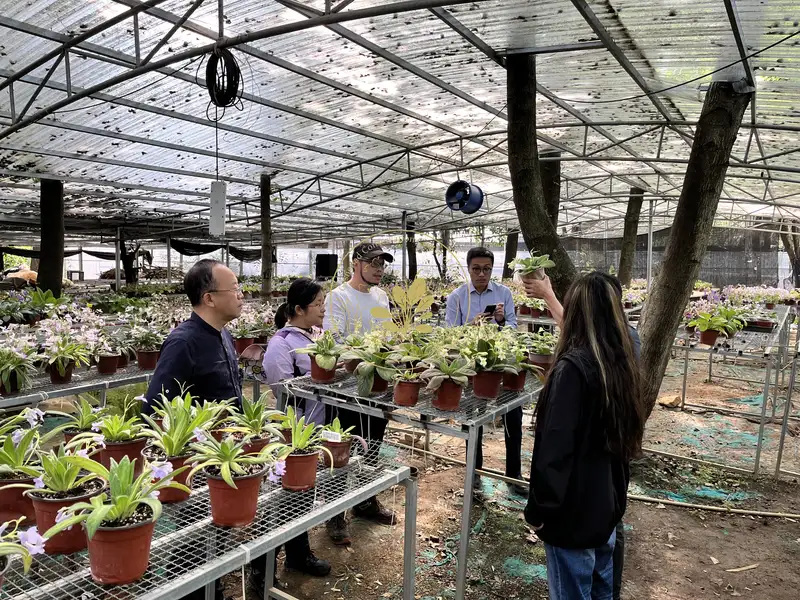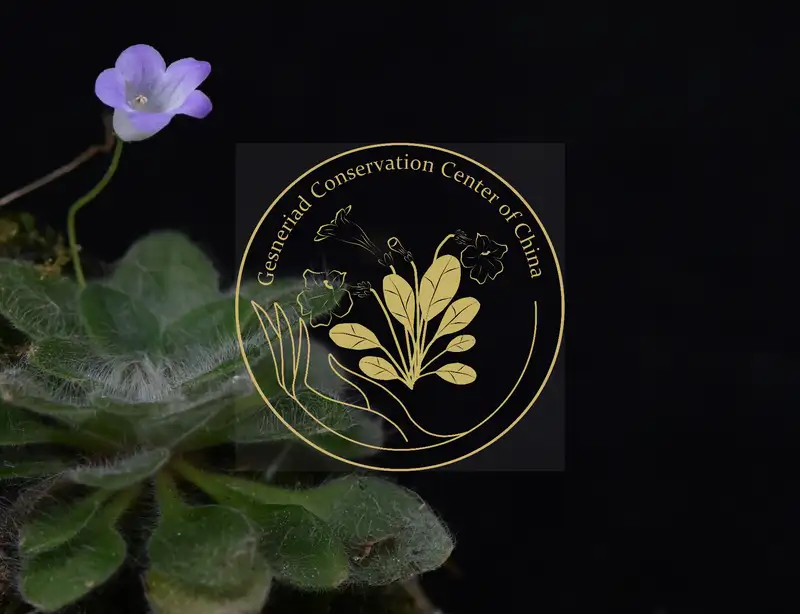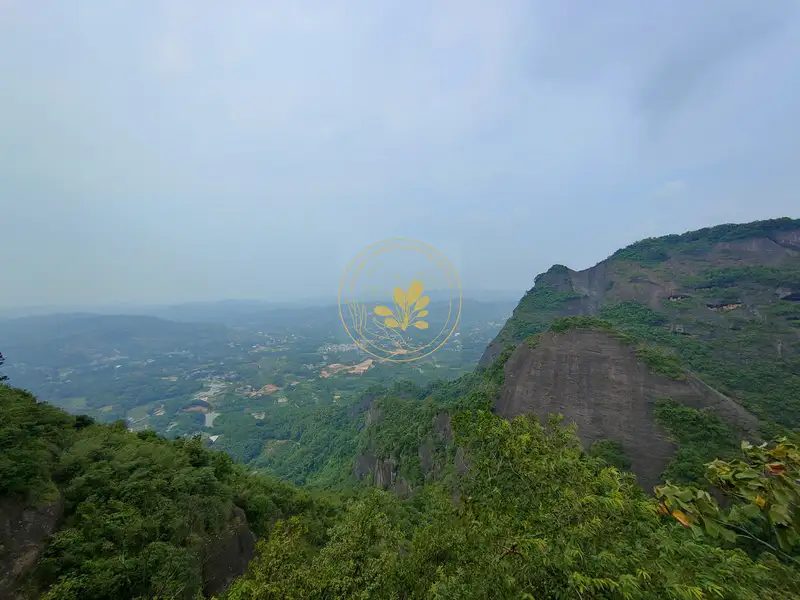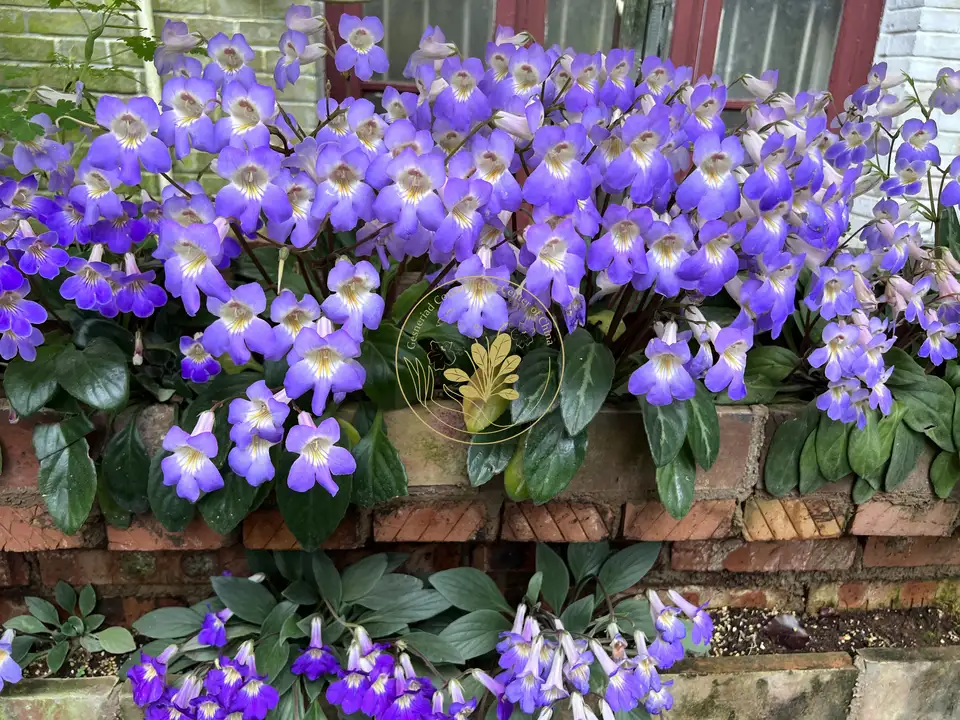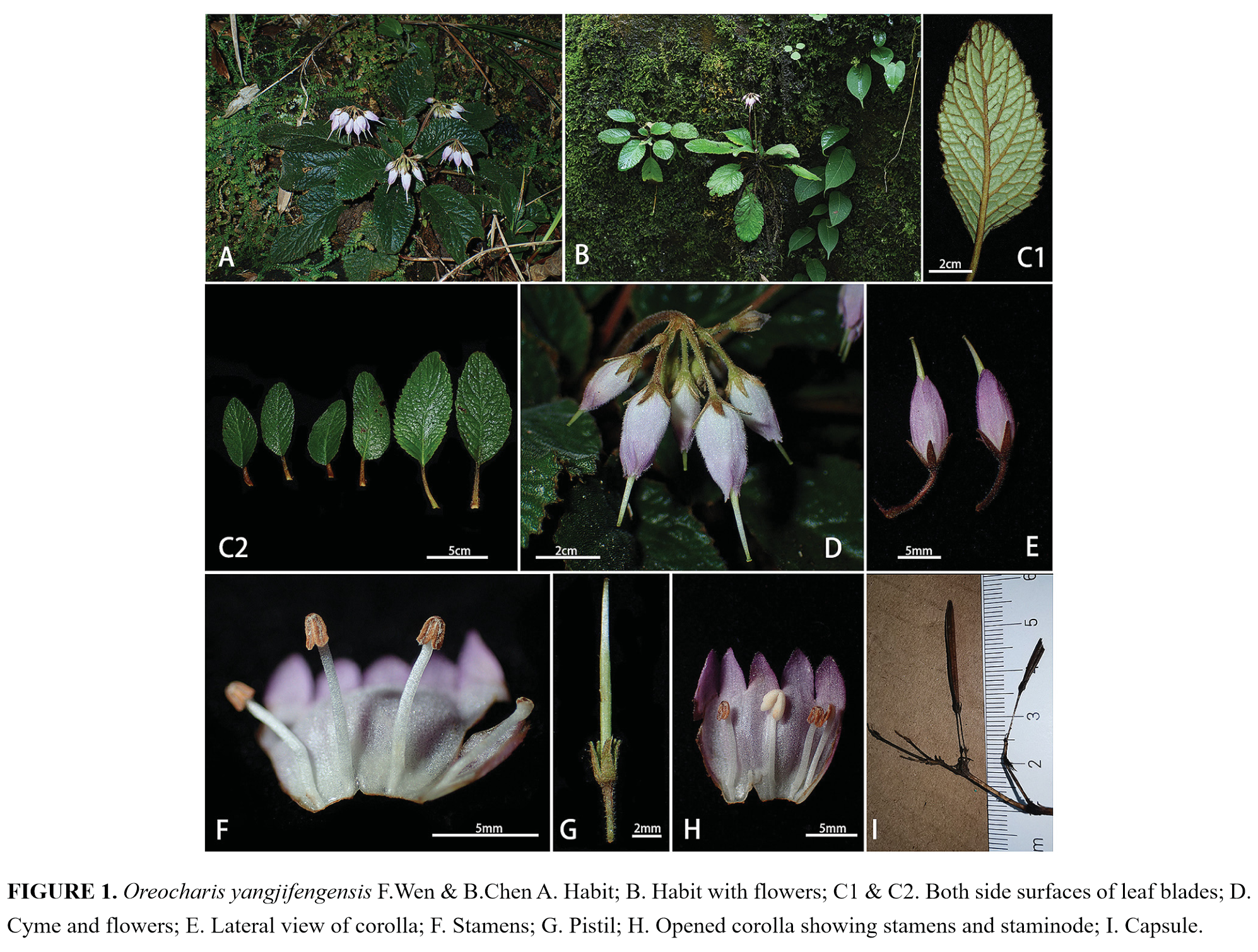No.21 QIAN-KUN LI, QIANG ZHANG, TAO DENG, BO PAN,YU-SONG HUANG & WEN-LAN LI
Primulina bobaiensis,a new species of Gesnericaeae from Guangxi,China and its phylogenetic placement revealed by the chloroplast matK gene
Guihaia 35(2) :143-150.
ABSTRACT
Primulina (Gesneriaceae) is an enigmatic group of lithophytic plants,which encompass over 160 species mainly distributed in the limestone region of southern China and northern Vietnam. A majority of species of the genus have very narrow distribution,which have been found in only one or a few proximate localities. It seems that this genus could even possess much more diversity than presently known as lots of new species have recently been and are being discribed,particularly from its distributional center. In the present study,a new species of Gesneriaceae,P. bobaiensis from Guangxi,China isdescribed and illustrated. We intuitively judged the higher taxonomic unit, i.e.genus,that the assumed new species shouldbelong to; compared the morphologies of this assumed new species with all other recognized species previously discribed in the genus and deduced possible close relatives of the new species based on morphological similarity. Then we tested its affinities to other sampled species from the same large region and the divergence of DNA sequences between the assumed new species and its closest relatives. Morphologically,this new species is assumed to belong to the genus Primulina and can be easily distinguished from all other Gesneriaceae species by its special floral appearance, e.g.lower lip is much longer than upper lip and it has spotted marks on the inside of the upper lip (the majority of other species have striped marks on the in-side(s) of the lower and / or upper lips). Subsequently,the taxonomic treatment of being attributed to Primulina and the monophyly of the recircumscribed genus Primulina s. l. are also corroborated by the molecular evidence based on the plastid matK gene. Within the genus the new species is suggested to be the sister of a lineage comprising P. swinglei and P. laxi-flora. Further examination of the matK sequences indicated 5 and 11 base differences of P. bobaiensis separating from P. swinglei and P. laxiflora,respectively,implying potential long period of isolation from these species or high substitution rate of the matK gene in these taxa. Moreover,the new species is restricted on Danxia rocks while its closest relatives as well as most of its congeners are confined on limestone rocks,suggesting possible specific edaphic adaptation and isolation ofthe new species. Further,the high endemism with low abundance and usually morphological and molecular distinctiveness of this and many other species of Primulina would also superimpose the importance of conservation of these rare species.
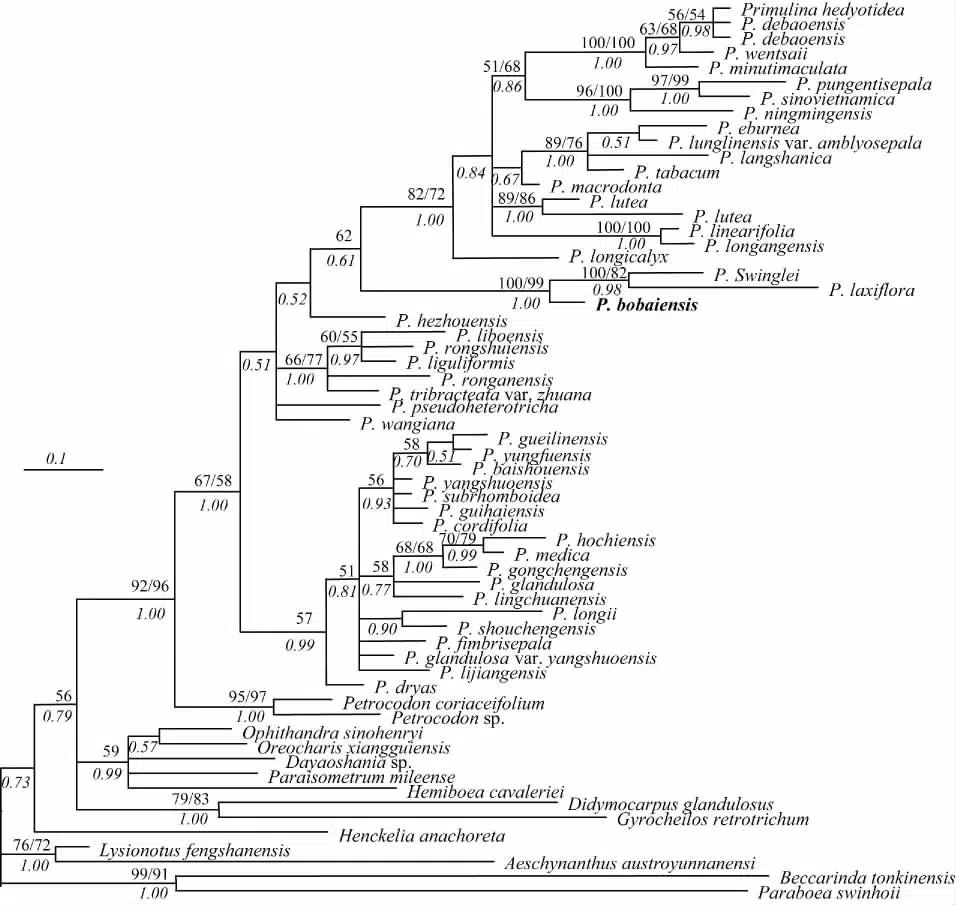
Fig. 1. Phylogenetic placement of the new speciesP. bobaiensis(highlighted in bold) to its close relatives. Nodal supports bigger than 50%from NJ and MP are sequentially (before or behind the left slash) listed above the branches,while PP values bigger than 0.50 from BI method are listedbelow the branches in italic.
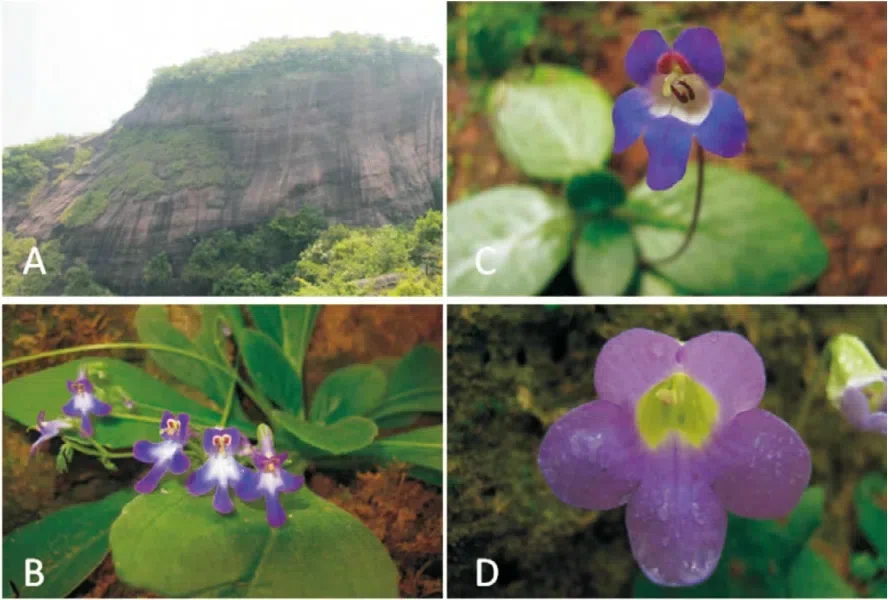
Fig.2 A. Habitat of the new species (Primulina bobaiensis) in Danxia landscape; B. P. bobaiensis;
C. Flower of P. swinglei; D. Flower of P. laxiflora.
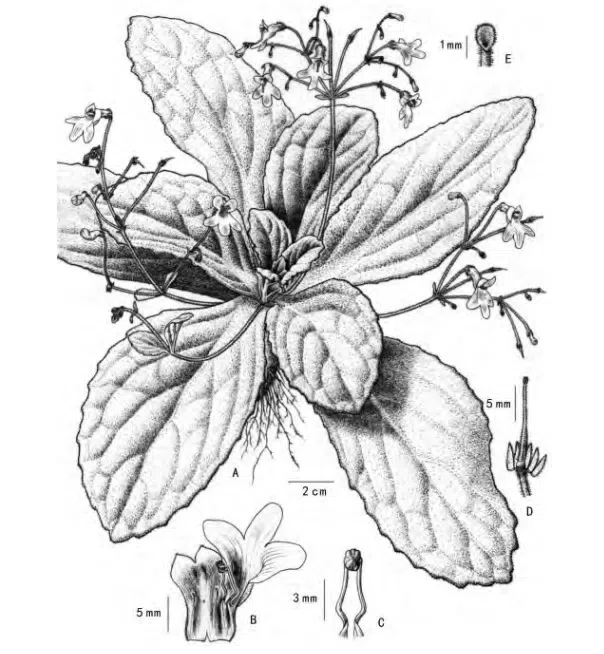
Fig.3 P. bobaiensis Q.K.Li, & W.L.Li A. Habit; B.Corolla opened showing stamens and staminodes; C. Stamens; D. Pistil and calyx; E. Stigma.(Drawn by ZHU Yun-Xi from the holotype).



